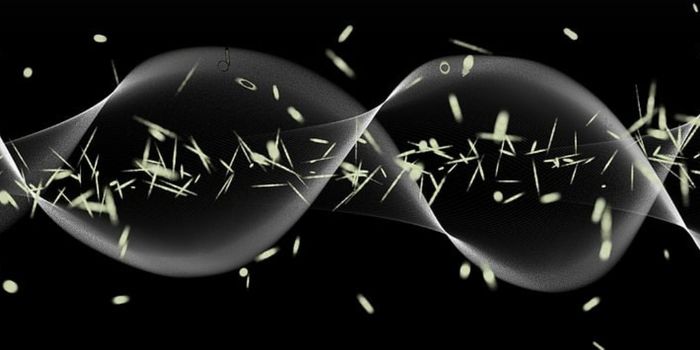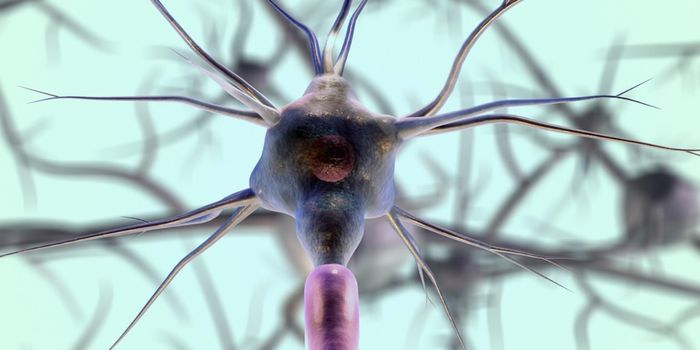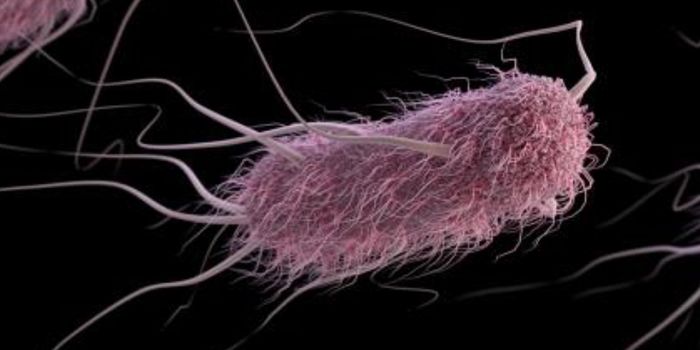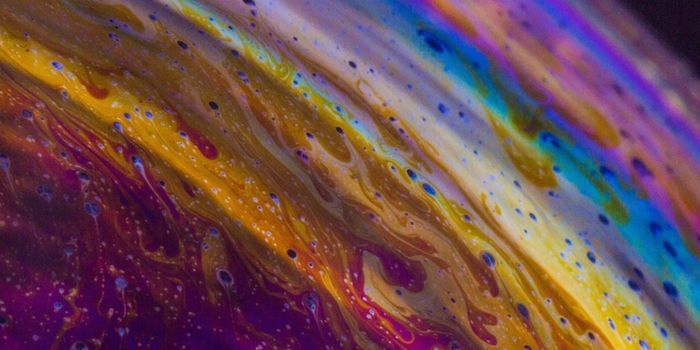Old Skin Cells Made Young Again with Reprogramming
Our bodies contain many different cell types, which are defined by the genes they express and the functions they carry out. Stem cells can differentiate into any type of cell, and in cellular reprogramming, adult skin cells can be taken back to a stem cell state by modifying the genes they express. Now scientists have used cellular reprogramming to turn back the age of adult human skin cells. Reporting in eLife, the researchers were able to take the cells back thirty years, and made them youthful again, but did not change their specialized functions. The study authors are hopeful that this work could significantly advance regenerative medicine.
The researcher that developed the technique for reprogramming adult cells into stem cells, Shinya Yamanaka, won a Nobel Prize for his efforts. Cells have to be treated with the so-called Yamanaka factors for about 50 days to transform into stem cells.
In this study, a modified technique was applied, called maturation phase transient reprogramming, in which cells are treated with Yamanaka factors for only thirteen days. Cells have partially lost their specialized identity by that point, and age-related changes are gone. When these cells were then grown normally, they behaved as skin cells, and expressed genes associated with skin cells called fibroblasts. The cells also generated collagen like skin cells should. But the hallmarks of aging were gone.
Cells start to wear out and don't perform as efficiently as they get older, and their age can be assessed in a few ways; epigenetic tags on the genome are one marker of aging, while another is the transcriptome of a cell - all of the genes it expresses.
In this study, the researchers found that the cells treated for thirteen days had lost thirty years of aging markers compared to what's expected based on reference data.
When skin cells called fibroblasts were taken to a more youthful state, the researchers found that they produced more collagen. Collagen is a crucial protein that provides structural support to tissues and bodies. When the scientists tested the reprogrammed cells, in a model of a wound in a dish, the collagen from the younger fibroblasts migrated to places where there was damage. Those fibroblasts also fixed a gap made in a layer of cells more quickly than untreated fibroblasts.
The study suggested that these reprogrammed cells might one day be used to heal wounds faster. More work will be necessary to uncover all the mechanisms that take these cells to a more youthful state.
This research is "a big step forward in our understanding of cell reprogramming," said first study author Dr. Diljeet Gill, a postdoctoral researcher in the lab of Wolf Reik at the Babraham Institute.
Sources: Babraham Institute, eLife









